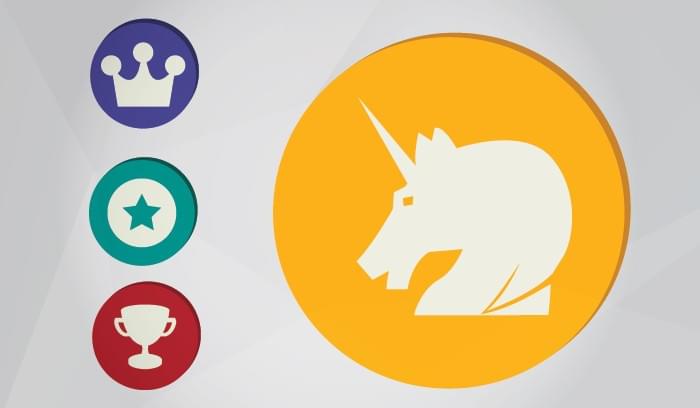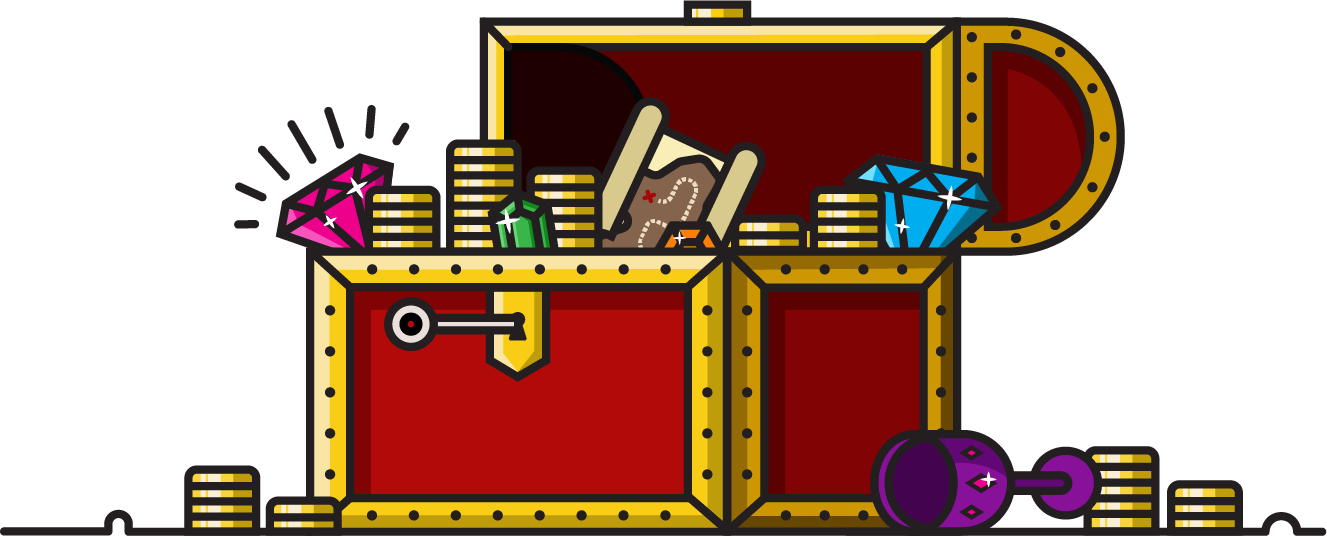If you’re reading this right now, chances are you know what gamification is. Or, maybe you’re reading this precisely because you don’t know what gamification is.
Either way, there’s been a lot of discourse lately about the validity of taking the characteristics we like about games and adding them to everyday activities (especially at work). This divide between enthusiasts and critics has created several myths and misunderstandings about gamification.
Now it’s time to look at what both sides are saying and debunk the biggest current myths.
1. Gamification is a game
Repeat after me: Gamification is not a game. Gamification is not a game. Gamification is not a game.
In the simplest terms, games are made to entertain players. There’s generally a storyline (save the princess!), elaborate graphics, a winner, and so on. Gamification, meanwhile, uses aspects or elements of games to help people achieve goals outside of games. This context is key.
Though gamification may share some characteristics with games, the true distinction lies within the differences. Gamification leverages our love of competition and reward, and uses it to encourage certain actions that change people’s habits.
So while games look like Mario Kart, chess, or World of Warcraft, gamification looks more like learning a new language, a wellness program, a successful call center, or an innovative rewards program.
2. Gamification doesn’t work
It’s true that gamification does not always work. In fact, even though it’s predicted that 50 percent of companies managing innovative processes will add game elements by 2015, 80 percent of gamification programs are predicted to fail.
However, that doesn’t mean gamification is inherently flawed. There are several reasons why gamification projects flop – primarily poor design or underlying organizational issues – but when done correctly, gamification works. Despite the companies that get it wrong, the 20 percent who get it right prove the science behind successful gamification is not a myth.
3. Gamification is a short-term fix
Now that we all know what gamification is and that it does indeed work, the next common misunderstanding to address is that it’s only a short-term solution. Yes, gamification does work well for very specific, short-term goals, such as training employees about a new product – but it’s no one trick pony.
While long-term strategies are more difficult to sustain, there are ways to move beyond short-term gamification. One example of a long-term approach is the gamified appraisal system used by Persistent Systems, an IT services company. The company was spending two to four weeks each year to complete time-consuming employee appraisals. By creating a platform with game elements where employees can showcase their skills, achievements, and contributions, the appraisal process has evolved into a continuous assessment and mentoring activity. The program has saved the company thousands of hours, ensured swift feedback for 7,500 global employees, and has been in use for about four years now.“The program has been in use for four years now”
So even though it’s possible to design for long-term engagement, it’s important to note that it’s not always necessary. Centering conversations around the fact that not all gamification lasts indefinitely is just a red herring – the true focus should be on how it can solve issues in business, education, wellness, and other industries.
4. Gamification is dead
The claim that gamification is dead can politely be described as a gross exaggeration. This dramatic declaration makes for a catchy headline, but the truth is that gamification is alive and well – even if it sometimes goes by other names.
Though it’s easy to dismiss gamification as a trend, its history can be traced to the late 1890s. Using fun and play to motivate people is far from new. Girl Scout badges, Weight Watchers points, Kellogg’s cereal box prizes – these are the early years of gamification. Even Mary Poppins sang about the idea long before the term was coined:
“In ev’ry job that must be done
There is an element of fun
you find the fun and snap!
The job’s a game”
Gamification may not look the same now that the world’s gone digital, but to say it’s dead is to overlook the strides the industry has made and the new ways it’s evolving. It may not be called gamification in a few more years, but the concepts will continue to affect many industries for decades to come.
5. Gamification fixes everything
As you can see, gamification is fun, successful (when done correctly), complex, and all around us. But before we spend too long waxing poetic about all the ways it will save the world, it’s important to debunk another popular myth: Gamification fixes everything.
Gamification is not the panacea some proponents give it credit for. Just slapping points, badges, and leaderboards on every application or platform does not guarantee its success. Despite the folks that are getting gamification right, it may not be the answer for your organization.
There are a lot of questions to consider, vendors to explore, and myths to bust before implementation. But you must first identify a business need, do some research, and create a plan. Gamification is one piece of that plan, and it can’t be only the piece.
***
Have you heard any other myths about gamification that need busting? Share them with us in the comments!

